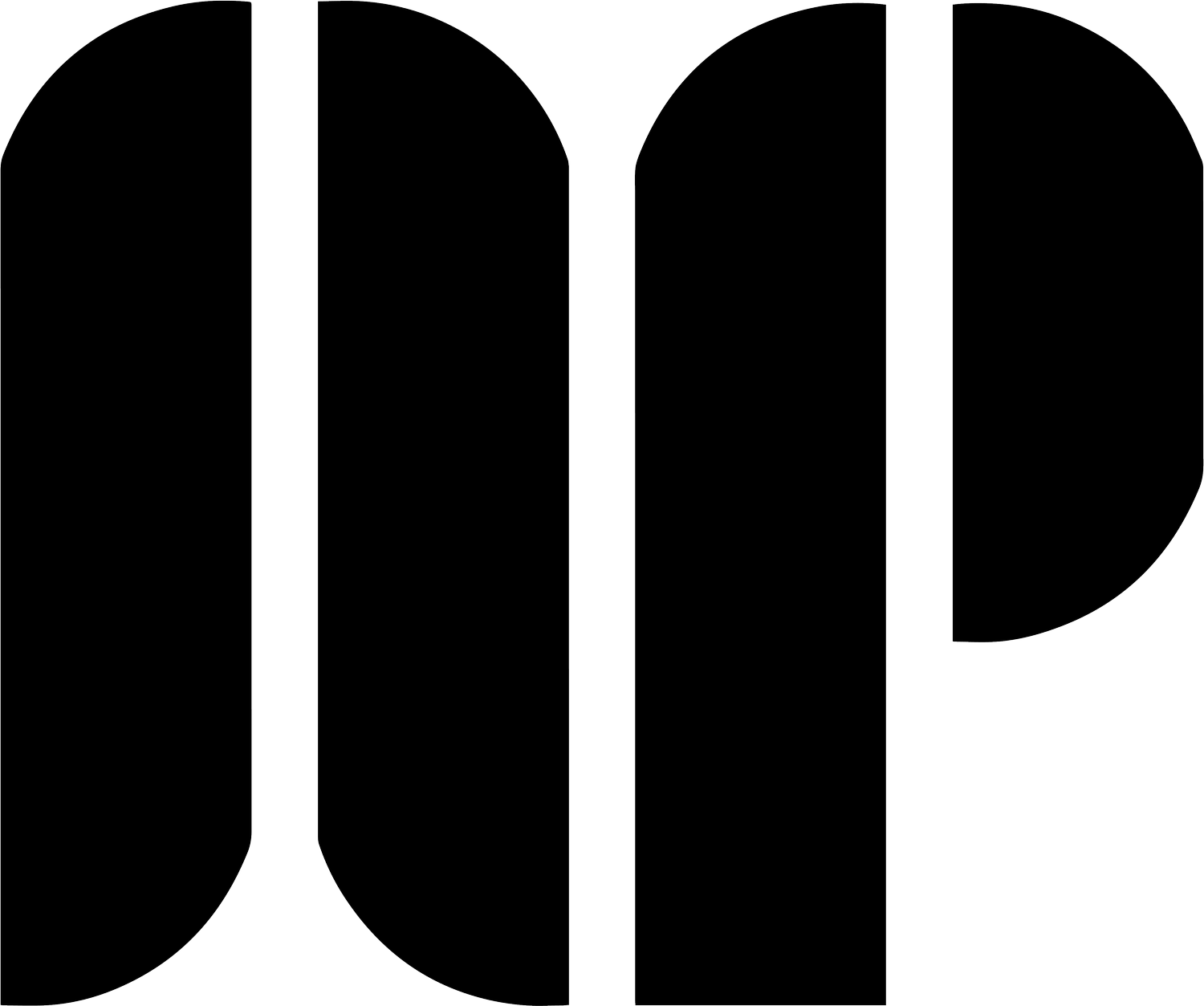
Do you have questions about the ANEW Project?
Our team is here to help.
See Our FAQ
Frequently Asked Questions:
Funding Sources
Learn how to fund your next adventure:
Who is the ANEW Project?
See what makes our programs special:
Still need help?
Feel free to reach out to our friendly team:
FAQs

How can your services help build cohesiveness within my organization?
+Partnering with us can transform your organization by fostering a culture of growth and connection that resonates across the entire campus.
Boosts Student Motivation: Inspiring students to take ownership of their education.
Supports Educators: Equipping teachers with strategies for collaboration and classroom engagement.
Enhances Community Partnerships: Collaborating with families and communities for unified student success.
Provides Measurable Results: Using data-driven strategies to evaluate and sustain improvements.

How much do your services cost?
+We create custom price breakdowns tailored to your budget. Contact us to discuss your goals and design a personalized plan for your needs.

Do you provide data collection services?
+Yes, we offer customized data collection services, capturing both qualitative and quantitative insights to evaluate initiatives and track progress.

Why do you use interactive activities and games to enhance learning?
+Interactive activities and games create a positive, fun environment where people can open up, build trust, and form lasting connections. They break the ice and foster vulnerability and growth.

Do you offer on-site leadership events?
+Yes, we can come to you to create a turnkey experience paired with practical life lessons, team-building activities, and leadership development for your organization.

What kind of lessons do you teach?
+We teach graduate-level leadership theories, concepts, and best practices through innovative lessons and team-building activities. The experience includes workshops, retreats, life skill development, and personal growth opportunities.

Can you develop a custom leadership program?
+Yes, we design tailored programs to address your organization's challenges and goals, ensuring maximum impact through a customized experience.

Do you have a physical location to host leadership events?
+Yes, our Leadership Center is available for events such as Lunch & Learn sessions, Professional Development, or Student Leadership Workshops.

Do you help market your events?
+Yes, we provide a promotional package including custom landing pages, promo videos, fliers, and email reminders. After your event, we can deliver valuable data and media highlights.

Can you capture photos and videos of our events?
+Yes, we offer creative media packages to provide event photos, highlight videos, or promotional content tailored to your needs.

Do you have follow-up resources?
+Yes, we provide supplementary online resources through ANEWProject.tv, featuring life skills training and student development courses.
Funding Sources
Title I
Supporting equitable access to high-quality education for students in need.
Title II: Part A Equitable Services
Empowering educators through professional development and leadership growth.
Title III
Advancing language development and academic success for English learners.
Title IV: (SSAE)
Promoting well-rounded education, safe schools, and effective technology use.
21st Century Community Learning Centers: (CCLC)
Engaging middle and high school youth with academic and enrichment opportunities after school.
Extended Learning Opportunities Program (ELO-P)
Expanding learning opportunities beyond the school day to support whole-child development.
Perkins
Supports high-quality career and technical education programs. - Strengthening Career and Technical Education for the 21st Century Act (Perkins V)
CTEIG
Investing in high-quality, industry-aligned Career Technical Education programs
Community Schools Partnership Program (CSPP)
Integrates focus on academics, health, community engagement, and family supports in schools.
Golden State Pathways Program
Funds college and career pathways in high-demand fields.
Equity Multiplier
Focused funding to close gaps and uplift our highest-need schools.
LCAP Supplemental and Concentration (S/C)
Advancing equity through targeted support for underserved students.
Educator Effectiveness
Investing in educator growth to improve teaching and learning.
Learning Recovery Emergency Block Grant
Accelerating learning and recovery for students most impacted by the pandemic.
Art, Music & Instructional Materials
Enriching instruction through creative and engaging learning experiences.
FUNDING SOURCES:
Title I
Supporting equitable access to high-quality education for students in need.
Supporting Program Goals:
Title I provides federal funding to help schools improve academic outcomes for students in low-income communities. Its goal is to ensure all students have equitable access to high-quality education, targeted intervention, and extended learning opportunities. Schools can use Title I funds to implement programs that boost engagement, close achievement gaps, and support the needs of underperforming or at-risk students.
- Provides federal support to schools serving high percentages of low-income students.
- Aims to close achievement gaps and improve student performance.
- Funds supplemental programs such as tutoring, intervention, and academic enrichment.
- Supports data-driven planning, family engagement, and student motivation.
How to Use:
- Fund AP Gametime leadership retreats and team-building to increase engagement for socioeconomically disadvantaged students.
- Use AP Analytics to analyze student achievement data and implement CQI to support underperforming student groups.
- Purchase AP Leaders Academy content to offer extended academic and enrichment support.
Title II: Part A Equitable Services
Empowering educators through professional development and leadership growth.
Supporting Program Goals:
Title II funding supports professional development to strengthen the effectiveness of teachers, principals, and other school leaders. The goal is to improve student achievement by investing in high-quality training, leadership development, and evidence-based instructional practices. Districts may use these funds to enhance staff capacity, promote equitable instruction, and increase retention of highly qualified educators.
- Provides funding to improve the quality and effectiveness of educators.
- Supports professional learning, coaching, and leadership development.
- Aims to increase academic achievement through strong instruction.
- Can be used for evidence-based strategies that promote educator retention.
How to Use:
- Fund Professional Development offerings aligned to AP Leaders Academy strategies and instructional best practices.
- Support Leadership Center activities such as Lunch & Learns and strategic planning PD.
- Purchase AP Leaders Academy for staff content to expand teacher learning and leadership.
Title III
Advancing language development and academic success for English learners.
Supporting Program Goals:
Title III funding is dedicated to helping English learners (ELs) achieve academic success and attain English language proficiency. It supports supplemental programs and services that accelerate language development and ensure EL students can meet state academic standards. Funds may be used for instructional materials, EL-specific training, and family engagement efforts.
- Federal support for English learners and immigrant students.
- Promotes language acquisition and academic success.
- Supports culturally responsive instruction and staff development.
- Enhances family and community engagement for multilingual learners.
How to Use:
- Use AP Gametime and enrichment sessions to support English Learner engagement and confidence.
- Integrate AP Analytics for monitoring EL progress and adjusting instruction.
- Provide PD through ANEW frameworks focused on EL instructional strategies.
Title IV: (SSAE)
Promoting well-rounded education, safe schools, and effective technology use.
Supporting Program Goals:
Title IV funding provides flexible resources to improve student outcomes by promoting well-rounded education, supporting safe and healthy schools, and increasing access to effective technology. It encourages districts to invest in enrichment programs, SEL, and academic opportunities that build the whole child. Funds can support activities like arts education, STEM, mental health services, and digital literacy.
- Promotes a well-rounded education (e.g., music, arts, STEM).
- Supports safe and healthy learning environments (e.g., SEL, counseling).
- Expands the effective use of educational technology.
- Encourages equitable access to enrichment and learning opportunities.
How to Use:
- Fund team-building camps and ADA recovery programs that foster safe and supportive environments.
- Implement Leadership Center collaboration activities to strengthen school culture.
- Support AP Leaders Academy digital resources for well-rounded leadership and soft skills development.
21st Century Community Learning Centers: (CCLC)
Engaging middle and high school youth with academic and enrichment opportunities after school.
Supporting Program Goals:
21st CCLC and ASSETs programs provide out-of-school-time learning opportunities for K–12 students, with ASSETs focused on middle and high school. These programs offer academic support, enrichment, mentoring, and family engagement activities that enhance student achievement, attendance, and behavior.
- Offers after school and intersession programming for K–12 students.
- ASSETs targets secondary students with academic and college/career readiness.
- Funds tutoring, enrichment, mentoring, and family engagement.
- Supports improved student outcomes in attendance and academics.
How to Use:
- Implement leadership-focused enrichment through AP Gametime.
- Provide AP Analytics impact evaluations and presentations for stakeholders.
- Deliver after-school staff training through the Leadership Center.
Expanded Learning Opportunities Program (ELO-P)
Expanding learning opportunities beyond the school day to support whole-child development.
Supporting Program Goals:
ELOP offers additional learning time beyond the traditional school day for TK–6 students, focusing on academic support, enrichment, and social-emotional learning. Programs must offer 9-hour day coverage including before/after school and intersession, and are designed to support the whole child, particularly in underserved communities.
- Provides academic and enrichment opportunities before and after school.
- Serves TK–6 students with a 9-hour extended day model.
- Focuses on the whole child: SEL, wellness, and enrichment.
- Can fund camps, leadership activities, and hands-on learning experiences.
How to Use:
- Use AP Gametime experiences like Saturday Academies, Summer Camps, and Retreats.
- Integrate AP Leaders Academy for extended learning.
- Include collaborative learning from the Leadership Center to enhance afterschool staff skills.
Perkins
Supports high-quality career and technical education programs. - Strengthening Career and Technical Education for the 21st Century Act (Perkins V)
Supporting Program Goals:
Perkins V funds support the development and expansion of high-quality Career & Technical Education (CTE) pathways that prepare students for college and careers. The funding prioritizes programs aligned with labor market needs and provides students with real-world skills, industry certifications, and hands-on learning. It also supports educator training, equipment purchases, and industry-aligned curriculum.
- Federal funding for CTE programs that prepare students for high-skill careers.
- Emphasizes equity, access, and alignment with workforce demands.
- Supports work-based learning, certifications, and pathway development.
- Funds teacher training, industry partnerships, and program evaluation.
How to Use:
- Fund Career & Technical Education modules from AP Leaders Academy.
- Provide student leadership development retreats for CTE pathway participants.
- Integrate AP Analytics to assess program effectiveness and outcomes.
CTEIG
Investing in high-quality, industry-aligned Career Technical Education programs
Supporting Program Goals:
CTEIG provides ongoing state funding to support high-quality CTE programs that prepare students for the workforce and postsecondary education. It encourages strong industry alignment, work-based learning, and the integration of academic and technical skills. Funding supports equipment, instructor training, and pathway development aligned with regional labor needs.
- Supports development and expansion of high-quality CTE pathways.
- Funds equipment, instructional materials, and teacher professional development.
- Emphasizes industry alignment and labor market relevance.
- Encourages work-based learning and career exploration opportunities.
How to Use:
- Partner with ANEW for turnkey enrichment programs aligned with CTE.
- Fund professional development for CTE educators using AP Leaders Academy frameworks.
- Offer CTE-aligned video content through AP Leaders Academy.
Community Schools Partnership Program (CSPP)
Integrates focus on academics, health, community engagement, and family supports in schools.
Supporting Program Goals:
The Community Schools model integrates academics, health services, mental health supports, and family engagement to meet the holistic needs of students. Funding supports schools in becoming hubs of support for students and families, with services tailored to local context. Programs prioritize equity, wellness, and multi-agency collaboration.
- Funds wraparound services that support student wellness and academic success.
- Encourages strong family and community engagement.
- Promotes trauma-informed and culturally responsive practices.
- Aligns school systems with health, social, and academic services.
How to Use:
- Use AP Analytics to evaluate and align programs with wraparound service goals.
- Host community PD and strategy sessions at the Leadership Center.
- Expand enrichment through scalable Gametime programming.
Golden State Pathways Program
Funds college and career pathways in high-demand fields.
Supporting Program Goals:
GSPP is a competitive grant that funds the development of pathways combining CTE, A–G coursework, and dual enrollment to prepare students for high-wage, high-skill careers. It emphasizes alignment to priority sectors like healthcare, education, green energy, and tech. The goal is to expand access to college and career readiness for all students.
- Supports college and career pathways in priority industry sectors.
- Requires integration of CTE, dual enrollment, and A–G courses.
- Promotes equitable access to postsecondary success.
- Funds work-based learning, advising, and cross-sector collaboration.
How to Use:
- Use AP Leaders Academy for CTE-aligned soft skills content.
- Fund strategic planning and PD sessions focused on pathway development.
- Support data collection and outcome reporting with AP Analytics.
Equity Multiplier
Focused funding to close gaps and uplift our highest-need schools.
Supporting Program Goals:
The Equity Multiplier provides targeted funding to the state’s highest-needs schools to close opportunity gaps and raise achievement. Funds must be used to improve student outcomes and address root causes of persistent inequities, especially in schools with high concentrations of underserved students.
- Directs additional funds to schools with the highest needs.
- Supports interventions aligned to equity and access.
- Funds leadership development, enrichment, and SEL services.
- Must be linked to measurable improvements in student outcomes.
How to Use:
- Target AP Gametime and enrichment to students in the highest-need schools.
- Provide tailored PD and support through the Leadership Center.
- Use AP Analytics to monitor implementation and progress.
LCAP Supplemental and Concentration (S/C)
Advancing equity through targeted support for underserved students.
Supporting Program Goals:
Supplemental and Concentration funds under the Local Control Funding Formula (LCFF) are designated to support English learners, low-income students, and foster youth. These funds must be used to increase or improve services that promote equity and boost academic outcomes for these student groups.
- Targets services for ELs, low-income, and foster youth students.
- Funds programs that increase access, support, and achievement.
- Can support leadership development, data analysis, or PD.
- Must align with LCAP goals and metrics.
How to Use:
- Fund comprehensive leadership development programs and expanded learning opportunities.
- Offer staff capacity-building and collaboration activities.
- Monitor effectiveness using AP Analytics to inform LCAP goal outcomes.
Educator Effectiveness
Investing in educator growth to improve teaching and learning.
Supporting Program Goals:
The Educator Effectiveness Grant supports professional learning for teachers, administrators, and support staff. The goal is to build capacity in areas such as equity, culturally responsive pedagogy, inclusive practices, and social-emotional learning.
- Funds PD to improve instructional practices and equity.
- Supports SEL, inclusive strategies, and leadership development.
- Can be used for coaching, conferences, or turnkey PD services.
- Promotes a culture of continuous improvement and staff growth.
How to Use:
- Offer AP Professional Development sessions to build instructional capacity through AP Leaders Academy frameworks and turnkey best practices.
- Host strategy workshops and Lunch & Learns at the ANEW Leadership Center to support leadership development and staff collaboration.
- Integrate AP Leaders Academy to provide on-demand professional learning focused on practical instructional strategies and teacher sustainability.
Learning Recovery Emergency Block Grant
Accelerating learning and recovery for students most impacted by the pandemic.
Supporting Program Goals:
The Learning Recovery Emergency Block Grant provides one-time funding to address learning gaps exacerbated by the pandemic. It supports evidence-based interventions that accelerate learning, promote mental wellness, and re-engage students through expanded instruction and enrichment.
- Supports tutoring, summer learning, and after-school programs.
- Funds enrichment, SEL, and re-engagement strategies.
- Can be used for staff training and capacity-building.
- Emphasizes support for students most affected by COVID-19 disruptions.
How to Use:
- Implement AP Gametime enrichment programs, including ADA Recovery and Saturday Academies, to re-engage students and improve attendance.
- Use AP Analytics to identify learning loss trends and support Continuous Quality Improvement (CQI) cycles.
- Leverage AP Leaders Academy to extend learning through interactive leadership and soft skill video lessons available 24/7.
Art, Music & Instructional Materials
Enriching instruction through creative and engaging learning experiences.
Supporting Program Goals:
This grant gives LEAs flexible funding to invest in arts, music, and instructional resources that enrich the student experience. It may also be used for professional development, instructional technology, and culturally responsive curriculum.
- Funds arts, music, and enrichment programs.
- Supports instructional materials, technology, and curriculum.
- Can be used for professional development in creative instruction.
- Encourages culturally responsive and engaging learning environments.
- Improves school climate through creative practices, physical education, and learning through play.
How to Use:
- Incorporate creative AP Gametime team-building modules with music, visual arts, and storytelling components.
- Provide hands-on learning at the ANEW Leadership Center through customized interactive PD experiences.
- Invest in AP Leaders Academy content to supplement classroom instruction with engaging, standards-aligned digital media.


